TODD HAYNES: CAROL (2015)
ROONEY MARA IN CAROL
Glamorous prison of conventionality
Carol, Todd Haynes' adaptation of Patricia Highsmith's early novel The Price of Salt, is a swoon. Despite its edge of late Forties-early Fifties homophobia and otherwise rigid convention, the movie is rapturously beautiful, beginning with Highsmiith's declared inspiration, a glamorous blonde lady in a fur coat appearing in a department store just before Christmas who meets a young clerk and they fall in love. Cate Blanchett appears to Rooney Mara like a dream. She has a slightly fuzzy glow about her like old Hollywood publicity portraits. Haynes revels in period costume, set, and those invaluable vintage cars. (It looks as if everybody drives a Packard, a Cadillac, or a Hudson.) You need to fall right away under the aesthetic spell of the movie's lovely images (they are a combination of splendid mise-en-scène and the Super-16 film magic of Ed Lachman). If you don't, watching Carol will be no fun at all. It will be like plodding through marshmallow, or honey. It is appropriate that in the story Carol's young beloved is an aspiring photographer. We are aware of photographic images from first to last. There are some hazy street images that could have been the early color work of Saul Leiter.
When Carol and Therese run away together to motels like Lolita and Humbert Humbert one is reminded of the Italian countess cited by Salvador Dalí in his Secret Life eating ice cream, when it had first been invented, who declared that if only it were a sin it would be perfect. Carol (Blanchett) loses custody of her little girl because Harge (Kyle Chandler) proves she is involved in unnatural behavior. This is a time when same-sex relations were shrouded in mystery and unknowing and also had the dangerous excitement of being forbidden. Gay artists may be occasionally allowed the wicked nostalgia of reveling in that lost naughtiness. This is not the dangerous transgression of Brokeback Mountain but a rich lady and an essentially unattached young woman (her tie to boyfriend Jake Lacy is frangible) in the sophisticated world of New York city.
Let us qualify the statement that Carol was Highsmith's first novel by pointing out that it was published at first under the pseudonym Claire Morgan. It is also not like most of her other fiction, which generally concerns evildoing. But then, remember the countess. At this time, the love of Carol and Therese could be seen as a crime, and they are being followed by a detective, from whom they escape after he catches up with them, like something Tom Ripley would do. But it's not easy or necessary to connect this novel to Highsmith's other work. The connection is that Highsmith herself was a lesbian, and she was working in a department store like Therese when a woman in a fur coat came in, and she ran home and wrote out the scheme of the novel. For the way the rich lady's husband uses her lesbianism to skew the divorce in his favor Highsmoth drew on the experiences of her own former love, a Philadelphia socialite.
And voilà! You have the very simple setup on which an elaborate and wonderful edifice of teasing and expectation is built. The devil is in the details, the delays, as Therese and Carol navigate their way toward each other past convention, prohibition, and inexperience. Blanchett and Mara work wonders together. Both are terrific, though only Mara got the acting prize at Cannes. This is a wold of underplaying, where atmosphere allows period to bloom so the touch of a hand brings a frisson and Carol rushes to put on her shoes when Harge appears and finds her with Therese -- because removed shoes with a guest is négligé. It is nearly an hour of unhurried screen time before that first kiss. This too like the beauty of Ed Lachman's images you must tune into, or you are lost and instead of swooning, will yawn.
As for the images, Mike D'Angelo declares in his Dissolve Cannes review that the "vivid retro look" can be clearly distinguished from both the "Technicolor lushness" of his other period same sex study Far From Heaven, and the "drab claustrophobia" of his Mildred Pierce miniseries, all shot by Ed Lachman. The Carol images are the most unabashedly exquisite as the film is the most celebratory. Carol doesn't really suffer. Though "just when things couldnt be worse" she runs out of cigarettes. That's as bad as it gets. She adores her daughter, and yet she is willing to give her up if necessary. This may be essentially a "problem" picture like Far from Heaven, but I don't have the same problems this time. Carol is unquestionably one of the best and most unique American films of the year and one of the most enjoyable. Its images, its lead performances, and the Carter Burwell music are to be savored.
Carol, 118 mins., debuted at Cannes May 2015; about a dozen festival showings including Telluride and London. Screened for this review as part of the 2015 New York Film Festival. US theatrical release date 20 Nov. 2015; UK, 27 Nov., France, 13 Jan. 2016. Weinstein Company release.





 Reply With Quote
Reply With Quote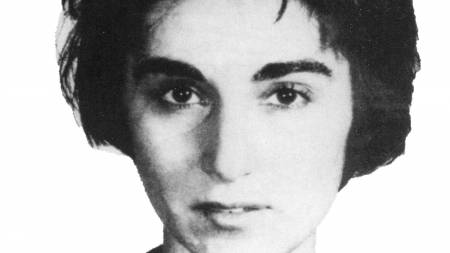


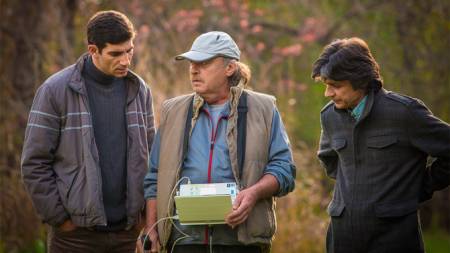
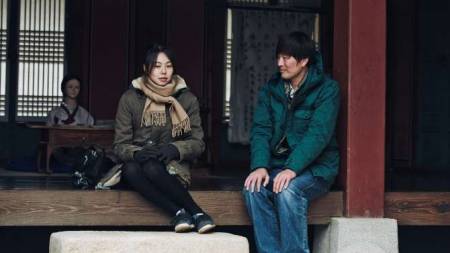
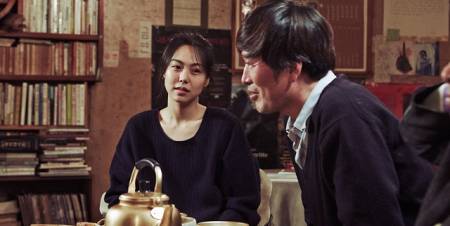
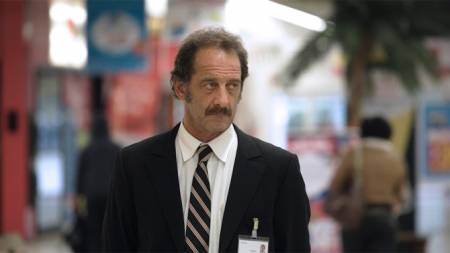

Bookmarks